This article is a full roadmap for companies looking to build serious generative AI products, showing the process, potential obstacles, and how Belitsoft helps clients go from proof-of-concept to production — with the right team, clear planning, and business-focused execution.
Stages of Generative AI Application Development
While AI is new, it’s just another tool. How to get started building an application that uses generative AI? There are three main steps: the ideation and experimentation, the building, and the deployment stages.
Ideating around exploration and proof of concepts
As each use case is unique, our clients need a specialized model that does the job well.
After understanding exactly what you’re planning to use generative AI for, we start by researching and evaluating models from popular repositories like Hugging Face or the open-source community.
Our generative AI developers consider the model size, its performance, and benchmarking through popular benchmark tools.
We run tests, checking options based on your previously identified use case and deployment needs.
We can consider three factors.
- First, accuracy: how close the generated output is to the desired result. It can be measured objectively and repeatedly with benchmarks.
- The second factor is the reliability of the model. That’s determined by consistency, explainability, trustworthiness, and how well the model avoids toxicity like hate speech.
- The third factor is speed: how quickly a user gets a response to a submitted prompt.
And then finally, you choose the option that provides the most value.
Generally, self-hosting a large language model is cheaper than a cloud-based service. Plus, you get the added benefit of knowing your data is secure and private on-prem. And small language models (SLMs), versus large language models (LLMs), generally perform better with lower latency and are specialized for specific tasks.
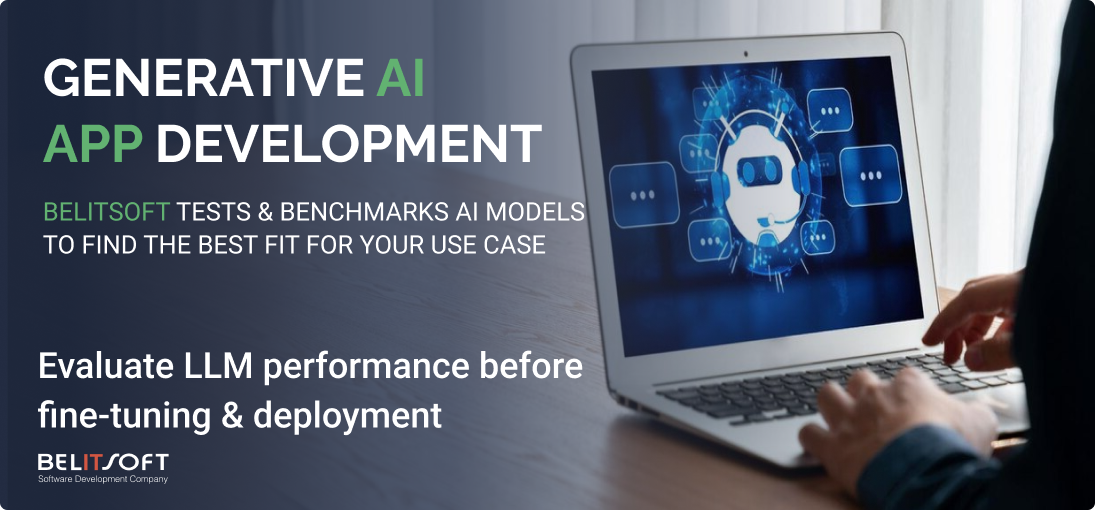
When working with models, and experimenting with your data, our generative AI developers rely on various prompting techniques.
- Zero-shot prompting — asking the model a question without any examples of how to respond.
- Few-shot prompting, where we give a few different examples of the behavior we want the LLM to have.
- Chain-of-thought prompting, where we ask the model to explain its thinking step by step.
We explain early on the different capabilities and limitations of the models we're going to work with, so that you understand any potential challenges that might come up along the way.
Time to Build Gen AI Application
Our client often wants to use their data with the large language model of their choice.
There are a few different methods to do this.
- Retrieval-augmented generation, or RAG, where we take a large pre-trained foundational model and supplement it with relevant and accurate data. This provides better and more accurate responses.
- Fine-tune the model or take the large language model and include your data with it so you’re actually baking in the information, the behavior, and the style you want into the model itself. Then you can inference it and have that domain-specific data every time you interact with the AI model. BloombergGPT exemplifies how domain-specific AI improves results in finance.
Having the right tools and frameworks, like LangChain, help us cut AI development costs.
They let us focus on building out new features (chatbots, IT process automation, data management, and much more) by simplifying the different calls your app is going to make through the model.
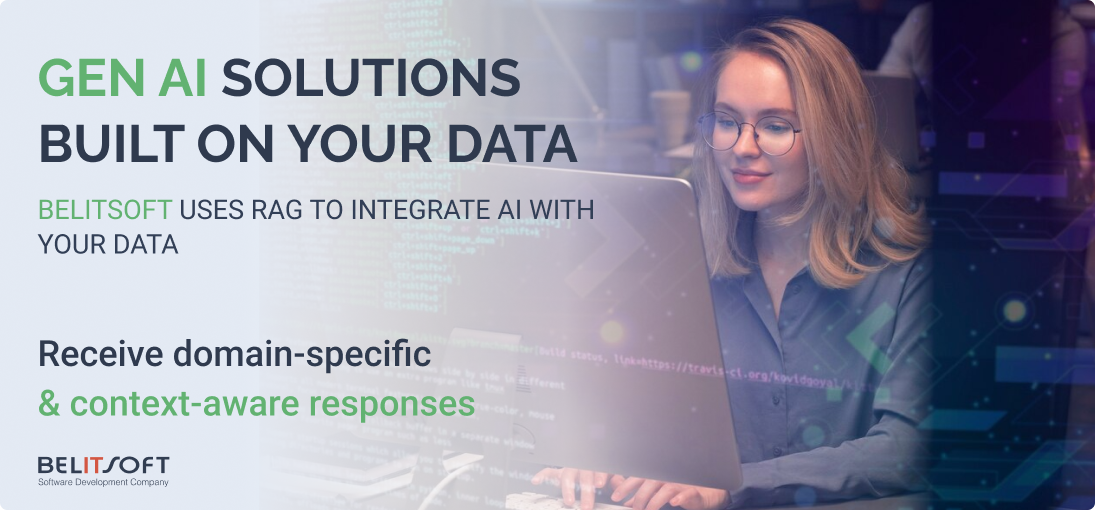
Through sequences of prompts and model calls your app is capable of accomplishing more complex tasks. It means breaking down problems into smaller, more manageable steps and evaluating the flows during these model calls.
Deploying Gen AI-Powered Applications
So finally, you've got that application powered by AI or a large language model, and we deploy it to production to scale things up. This falls under the umbrella of machine learning operations, or MLOps.
The infrastructure needs to handle efficient model deployment and scaling. Using technologies like containers and orchestrators like Kubernetes help us do this: auto-scaling and balancing traffic for your application. We also use production-ready runtimes like vLLM for model serving.
And what we’re seeing now is that organizations are taking a hybrid approach with both their models and their infrastructure. That means having this “Swiss Army knife” setup: different models for different use cases, as well as a combination of on-prem and cloud infrastructure to get the most out of resources and budget.
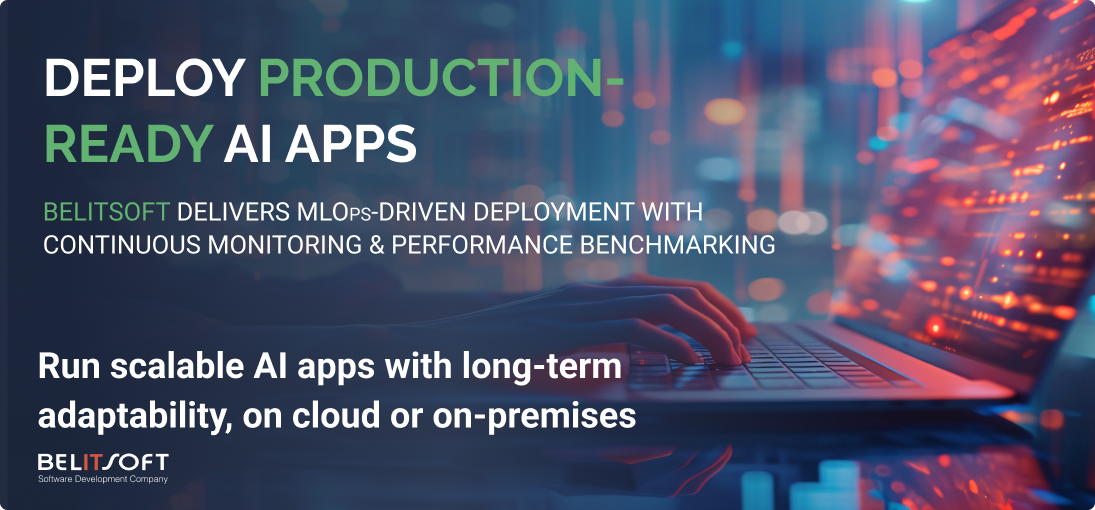
With AI-powered applications running in production, the job isn’t done. We still need to benchmark, monitor, and handle different exceptions coming from your application.
Just like with DevOps, we also have MLOps for getting models into production smoothly.
What To Expect From Belitsoft Generative AI Development Services
Fast Development and Quick Time-to-Market
Business leaders feel market pressure to realize value quickly with AI, so it's natural for them to push for initial prototypes within weeks and full solutions in a few months.
Organizations run numerous pilot projects before scaling. Surveys found most companies are running up to 20 genAI experiments, expecting that up to 30% of their AI proofs-of-concept would be fully scaled within 3–6 months. While generative AI enables faster development than traditional software, meaningful deployment (with proper testing and governance) may take 6–12+ months for complex enterprise use cases.
Our generative AI product engineering team prototypes fast to support short product cycles, focusing on projects that promise quick wins (like automating a specific task).
Competitive Pricing
Generative AI projects don’t have a fixed price tag. The range is huge. On the low end (a couple of thousand dollars), you’re looking at basic projects. On the high end (several hundreds of thousands of dollars), it’s a completely different story. These are large, enterprise-level systems.
Several factors drive this cost range:
- project scope,
- level of customization,
- data requirements,
- complexity of the infrastructure,
- team salaries,
- and whether existing AI services can be used or a custom solution needs to be built from scratch. For example, fine-tuning a large language model on proprietary data is far more resource-intensive than using an off-the-shelf API, and comes with a price tag to match.
Outsourcing to specialized or offshore AI development firms like Belitsoft cuts development costs by half, while maintaining appropriate control and oversight.
Our development team, depending on the client’s request, suggests optimizing spend by reusing pre-trained models (avoiding full model training costs), controlling cloud compute time, and focusing on high-value use cases. We also recommend strategies like hybrid cloud architectures to manage costs (ensuring workloads run in the most cost-effective environments), and monitor usage to prevent budget overruns.
Customization
Customizing a genAI model means adjusting it for specific tasks and using the company’s unique data.
Our customers expect a high degree of adaptability in their generative AI solutions. They want one tuned to their business needs.
Our engineers fine-tune or extend models so that outputs are domain-specific and workflows align with their operations.
To embed generative AI apps into customers’ products and processes, we develop API integrations, including OpenAI API, into CRM systems, websites, mobile apps, or data pipelines they already use. A generative model will pull context from a client’s database and comply with existing software architecture.
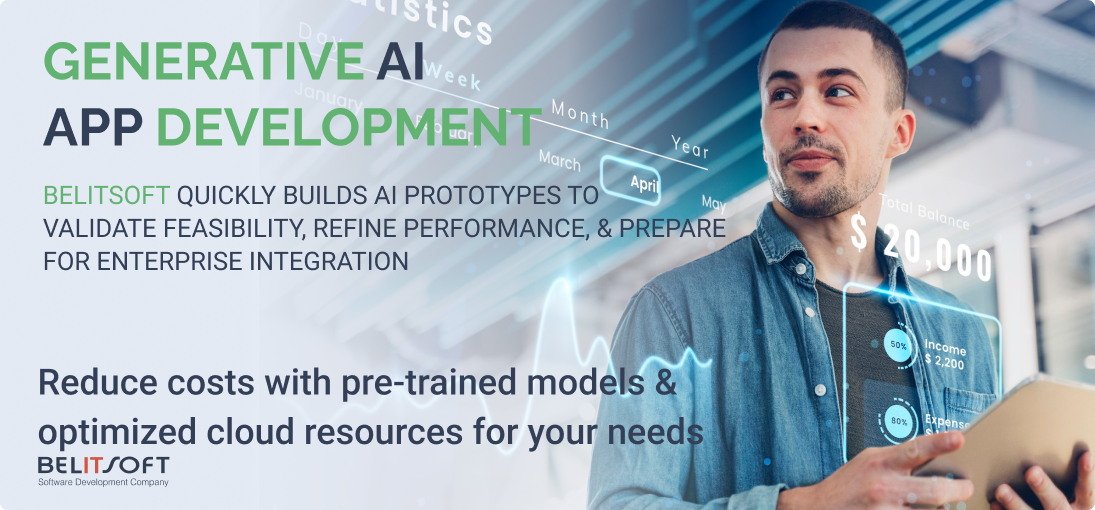
The Right Team & Proven Expertise
Successful AI projects should involve people who understand the business context to make sure the AI solves the right problem aligned with industry-specific requirements (healthcare regulations, financial data formats, etc.).
Building generative AI applications requires a multidisciplinary team, and our company has the right expertise.
Our AI/ML specialists, data scientists, and machine learning engineers know how to design, train, and fine-tune models. Our software engineers integrate AI into products and configure the deployment pipeline. You can also expect to fill roles like UX designers (to create intuitive AI-driven experiences) and project managers who keep development on track.
The required team profile that Belitsoft provides differs depending on the client.
For startups and small companies, we provide “full-stack” AI engineers who can wear multiple hats, from model development to frontend coding.
It’s now possible for even a very small team to achieve a lot with generative AI (the concept of a “one-person unicorn” is emerging, where a solo founder uses genAI tools to build a product). So, in the early stages, a startup relies on one or two of our ML engineers to rapidly prototype using public APIs, given budget constraints.
For enterprise clients like Fortune 500 companies, we also provide larger, cross-functional teams for AI projects. We act as a development partner to bring in data engineers (for pipelines and data prep), MLOps engineers (for model deployment and monitoring), and security experts.
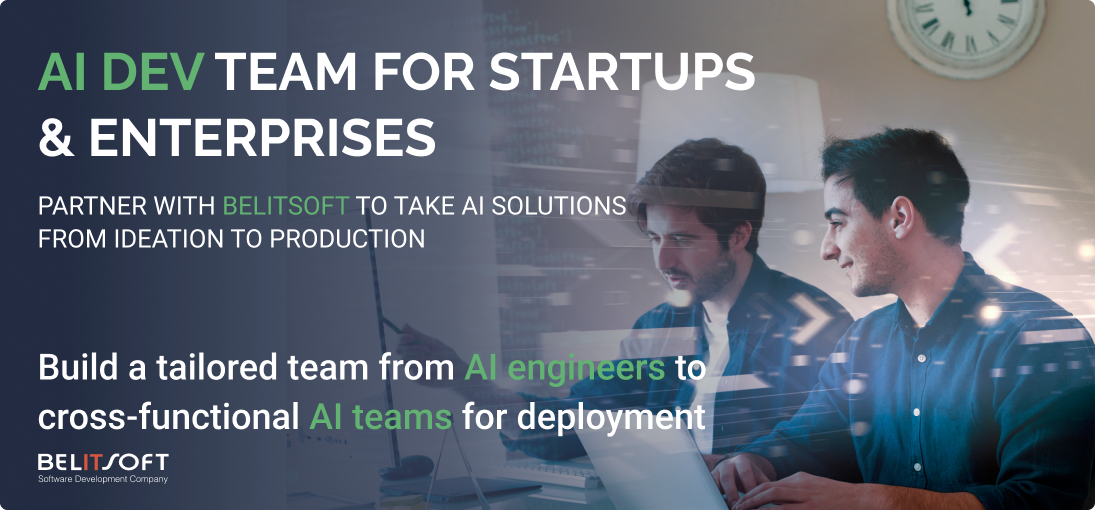
Belitsoft’s AI development team has deep expertise in AI techniques, experience in delivering AI projects, and maturity in security, scale, and cross-department coordination. Our AI experts implement best practices in data pipelines, AI cost optimization, and iterative model improvements to ensure your AI solution delivers maximum value.
Challenges & Best Practices in Generative AI Projects
Common Development Roadblocks
Generative AI development is not plug-and-play. It’s hard work, and organizations have learned they often need more time than expected to overcome adoption challenges.
- Data issues. “Garbage in, garbage out” applies strongly to AI. Many firms find their data is siloed, unclean, or simply not ready to train high-quality models. Integrating relevant data into AI workflows and doing so without violating privacy is not a trivial task.
- Cost and ROI concerns. At least 30% of generative AI projects are abandoned at the pilot stage due to unclear value or unforeseen complexity. Early hype leads to unrealistic expectations. When a proof-of-concept doesn’t deliver a quick win, stakeholders lose confidence.
- Integration challenges. Hooking a genAI system into legacy systems or workflows often reveals incompatibilities or performance issues: latency problems when an AI service calls an external API, or trouble containerizing a model that wasn’t designed for production deployment.
Best Practices for Overcoming Challenges
Take a phased approach. Begin with a pilot on a well-scoped problem (a “ground game” of small wins) and use those results to fund and inform more ambitious AI projects.
Establish procedures to monitor genAI tools and set up AI usage policies and controls (such as guardrails against biased or unsafe outputs) as part of the project plan. This proactive governance helps prevent problems and reassures stakeholders that risks are under control.
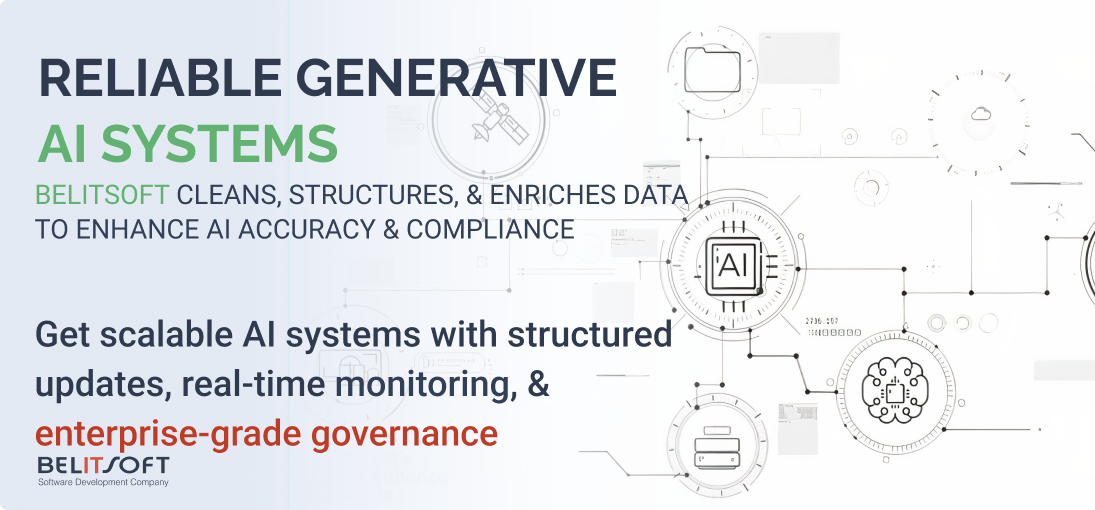
Focus on data readiness and engineering. Since data quality is a common roadblock, successful teams often start with a data audit and improvement phase. Create data engineering pipelines and build new data infrastructure (like data lakes or vector databases) if needed to support the genAI model. Techniques like capturing metadata, building knowledge graphs, and using efficient fine-tuning methods maximize the value drawn from enterprise data. Privacy-by-design is key: teams anonymize or segregate sensitive data from the outset so it never inadvertently leaks through a generative model.
Implement FinOps (financial operations) for AI, tracking and optimizing AI compute usage to keep cloud costs sustainable.
Treat genAI initiatives with a product mindset. Rather than running one-off experiments, teams should plan for continuous improvement: iterative model updates, regular user feedback, and new feature rollouts over time. This “product approach” means that even after initial deployment, the AI application is monitored and refined, just like any software product. Best practices include setting up A/B testing for model versions, maintaining a feedback loop from end-users (to catch issues like irrelevant or incorrect outputs), and scheduling periodic retraining or prompt tuning as data or business needs evolve.
Looking to develop a high-performing generative AI app? We go beyond model selection and provide clean data, cost control, robust integration, and continuous optimization. Belitsoft helps with AI adoption challenges from day one through data readiness, secure governance, and a product-focused approach. Contact our team.
Rate this article
Recommended posts
Our Clients' Feedback
























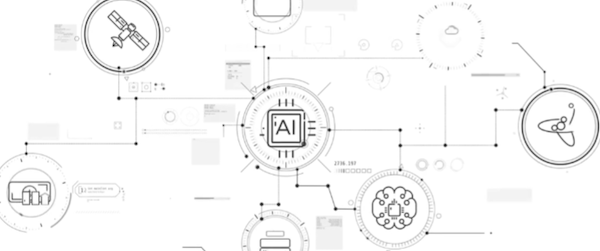






.jpg)


.jpg)
![Artificial Intelligence in Education [Ultimate Knowledge Hub]](/uploads/images/blog/posts/previews/image_163177848252-image(600x250-crop).jpg)
.jpg)
.jpg)
.jpg)
.jpg)
.jpg)
.jpg)

.jpg)
.jpg)
.jpg)
.jpg)
















We have been working for over 10 years and they have become our long-term technology partner. Any software development, programming, or design needs we have had, Belitsoft company has always been able to handle this for us.
Founder from ZensAI (Microsoft)/ formerly Elearningforce